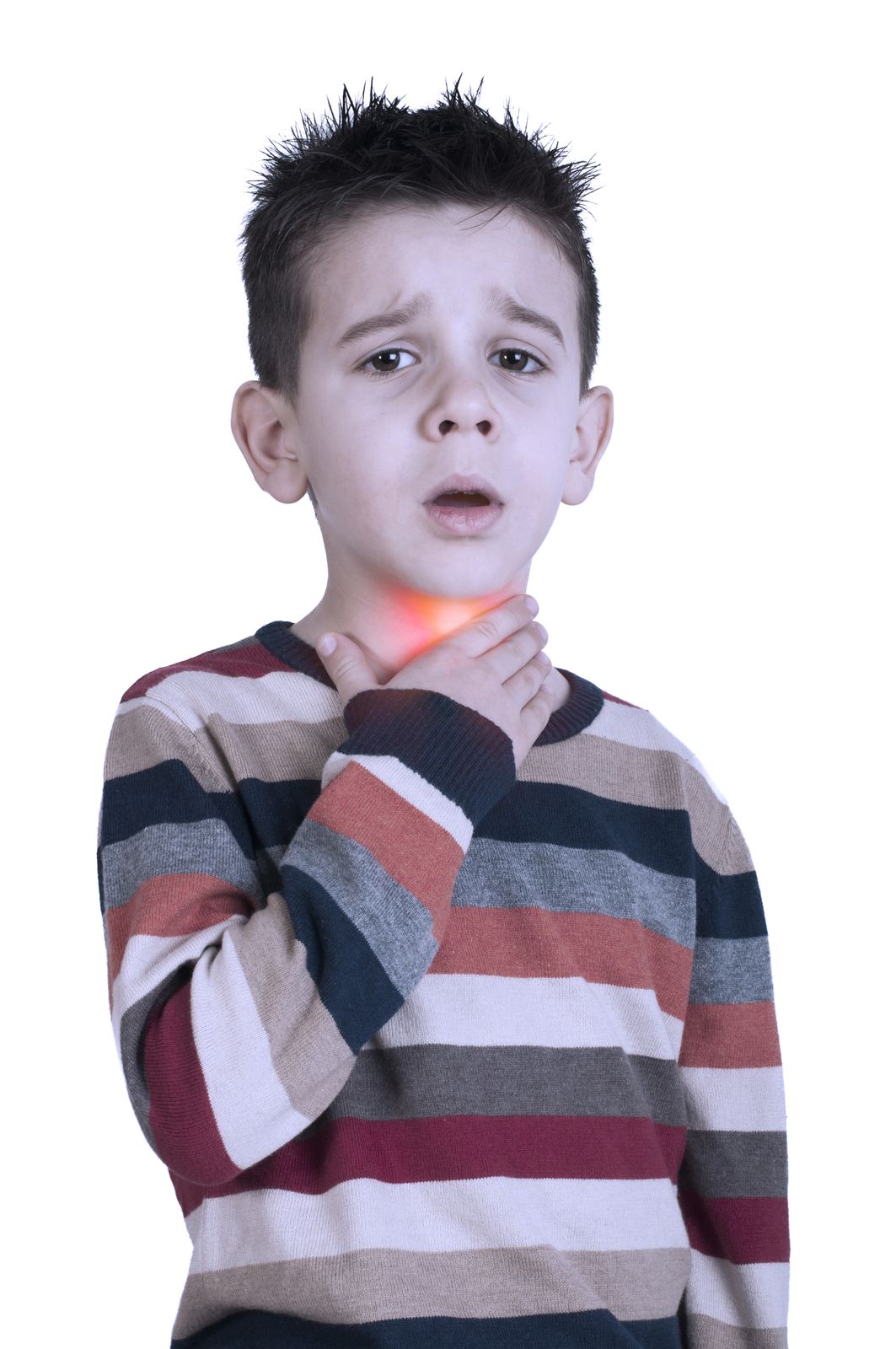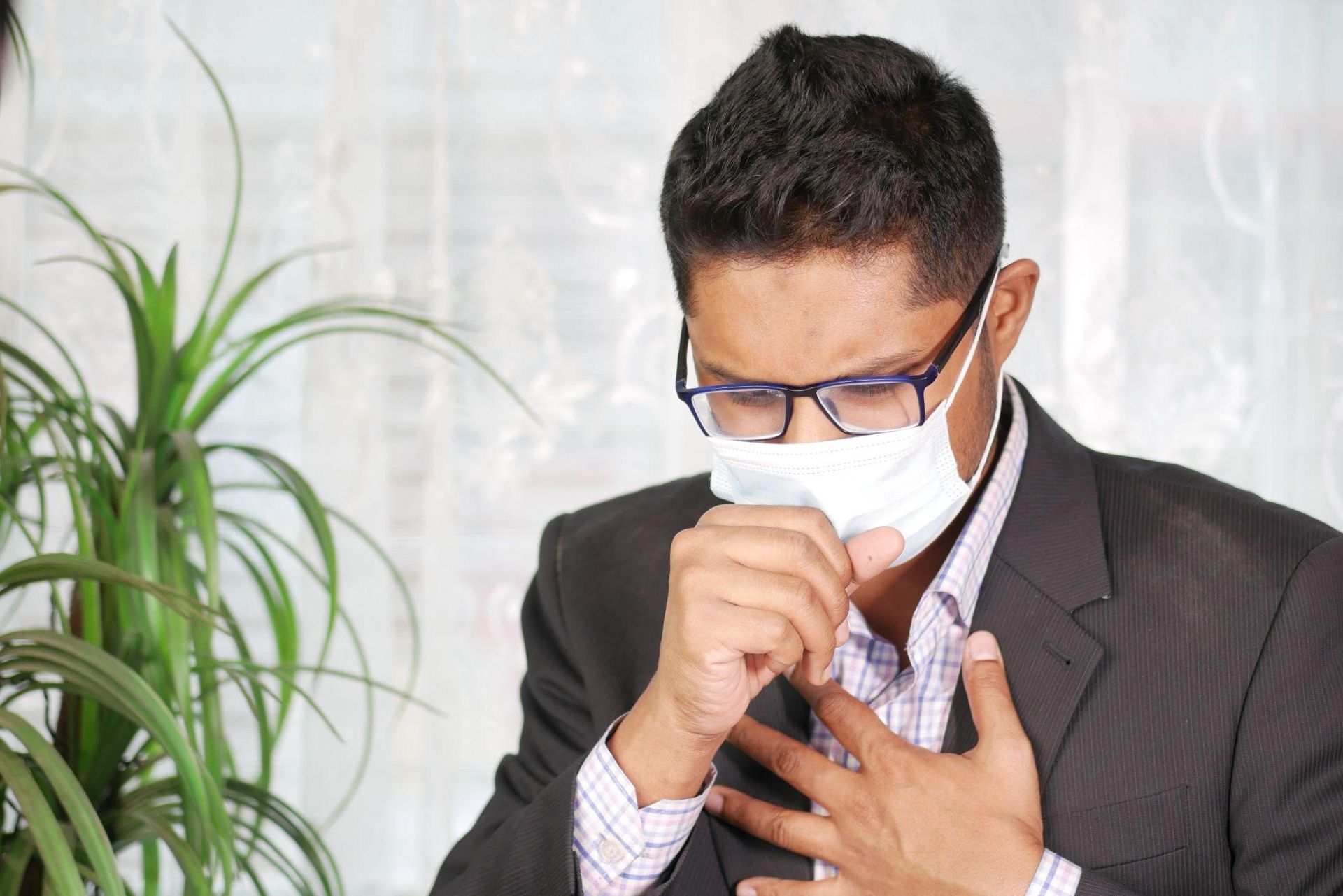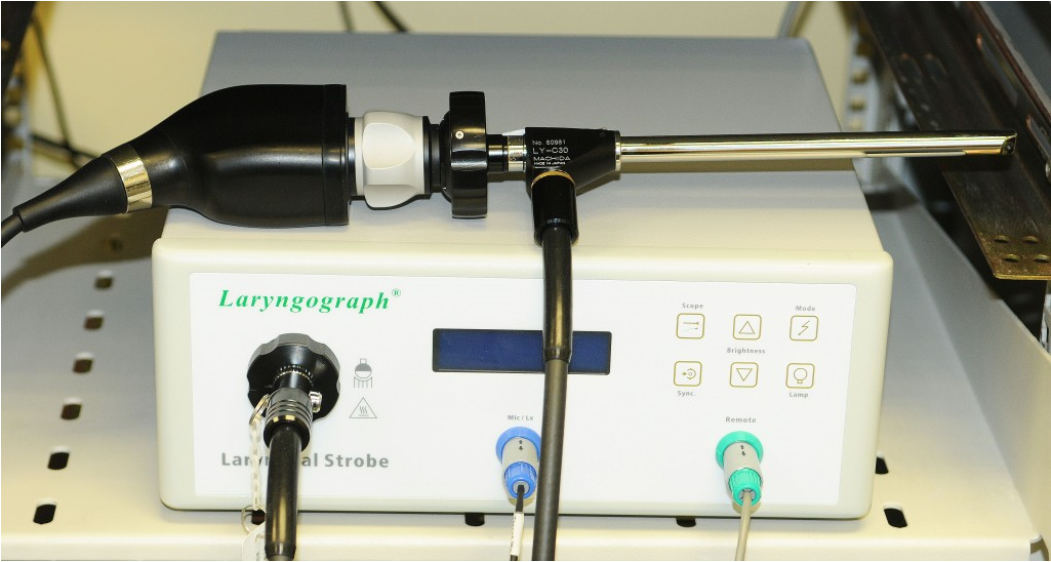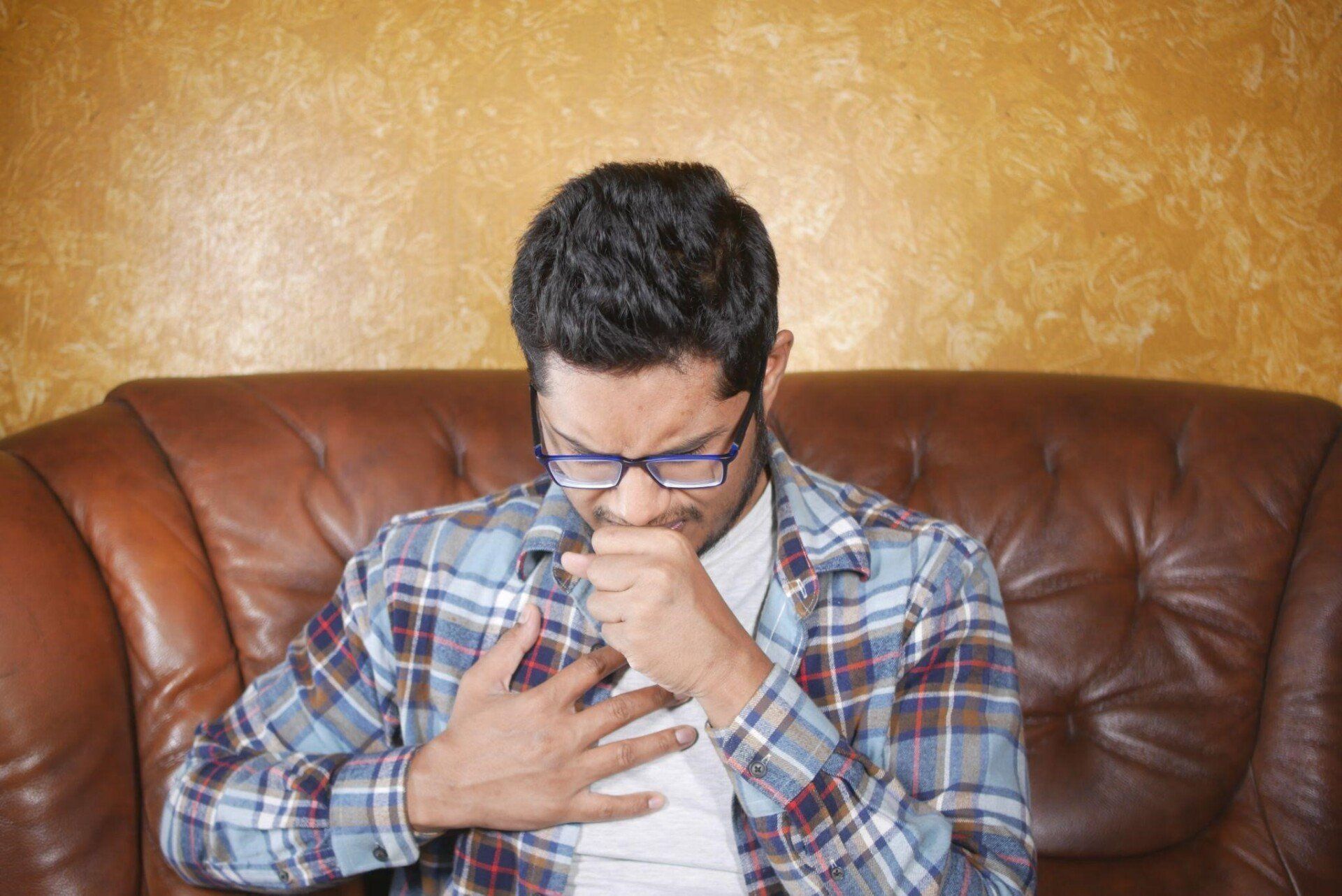Strep Throat or Sore Throat: How to Tell the Difference
Your throat starts to hurt, and you find it difficult to swallow. Is it a sore throat, or is there a more serious issue? Anyone, especially children, can have a sore throat or strep throat, which are quite common conditions. Read on to learn which is which and how to distinguish between the two.

What Is Strep Throat?
A bacterial infection of the throat is called strep throat. It is brought on by the bacteria named Group A Streptococcus (group A strep). This throat infection might start out slowly and get worse within a day or two. Strep throat also spreads rapidly and can lead to serious problems if left untreated. The good news is that treatment is simple.
What Is a Sore Throat?
A viral or bacterial infection of the throat causes a sore throat. Pharyngitis is the medical term for sore throat because the back of the throat, or the pharynx, is affected. Viral infections of the throat account for about 90% of cases. A sore throat can also occur on its own or with other conditions.
Symptoms of a Sore Throat and Strep Throat
Coughing, runny nose, or hoarseness that alters voice quality are signs of a sore throat. In some cases, conjunctivitis or pink eye symptoms may also be present. The majority of people's symptoms go away in a week or two, although they're typically not severe and don't come with a high fever.
The signs of strep throat are enlarged tonsils, swollen lymph nodes, a fever of more than 101°F (38°C), and pain when swallowing.
Causes of a Sore Throat and Strep Throat
Viruses are the most common cause of a sore throat, including rhinoviruses or a respiratory syncytial virus. These viruses can cause other symptoms, such as earaches, a cold, sinus infections, and bronchitis.
The bacteria group A Streptococcus is the most typical cause of strep throat.
How Is a Strep Throat Test Done?
A throat swab is used in a throat culture or strep test to check for the presence of group A streptococcus bacteria. These microbes can also result in other infections (including scarlet fever, abscesses, and pneumonia).
A sample taken from the back of the throat is placed on a specific plate (culture) so that germs can grow there in a laboratory. The culture will be negative, and the patient won't have strep throat, if the germs don't develop.
What Are the Remedies for a Sore Throat?
After pharyngitis has been diagnosed, a patient's healthcare professional may suggest some of the following at-home treatments in addition to any necessary drugs:
● gargle with warm salt water (1 to 5 salt-to-water ratio).
● suck on medicated throat lozenges
● drink warm liquids like a broth soup or honey-lemon tea
● create a mist using a humidifier
● try throat sprays containing phenol
For related body aches and pains, some patients opt to take over-the-counter pain relievers. Consult with your healthcare professional about the safety of the medications for your condition.
Dr. Elizabeth Burckardt is an otolaryngologist with expertise in the surgical and non-surgical management of voice, airway, and swallowing issues. She is well-versed in using surgery or dilatation, as necessary, to address subglottic stenosis. Contact her for more information on effectively treating subglottic stenosis or other voice-related issues.










